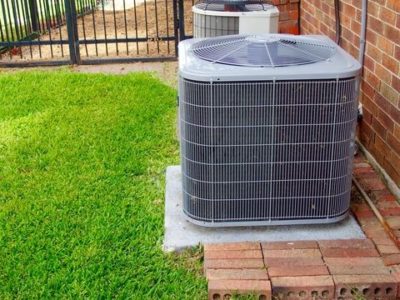Source – State Senator Andrew Maynard Newsletter – January 2014
Senator Maynard with Jonathan Duncklee, owner of Duncklee Cooling & Heating in Stonington, has long felt that people need to make an effort every day to be environmentally conscious. He recently partnered with Brian Bonner of Bonner Electric in Norwich to back up that sentiment, and install solar panels on his business’s roof. I visited his business to check them out and talk about the state program that incentivized him to “go green.”
Under the program, businesses that install new, qualifying renewable energy projects, such as rooftop solar panels and fuel cells, have the opportunity to sell the qualified Connecticut Class I renewable energy credits (RECs) created from their projects to CL&P under a 15-year contract. The program falls within Jonathan’s clean environment philosophy, and empowered him to improve his bottom line by taking advantage of rebates for energy-saving as well as renewable energy improvements.
Jonathan and Brian epitomize the best in our small businesses. By taking advantage of the state’s support, these local businesses will be greener and more profitable. It’s a win for the businesses their customer and the entire state.
What does tonnage mean for an air conditioner?

The tonnage of an air conditioner measures how much heat it can remove from an area in the course of one hour. It’s based on the word “ton,” but has nothing to do with the weight or mass of the a/c itself. Instead, one “ton” here can remove 12,000 British Thermal Units, or BTU’s, every hour.


